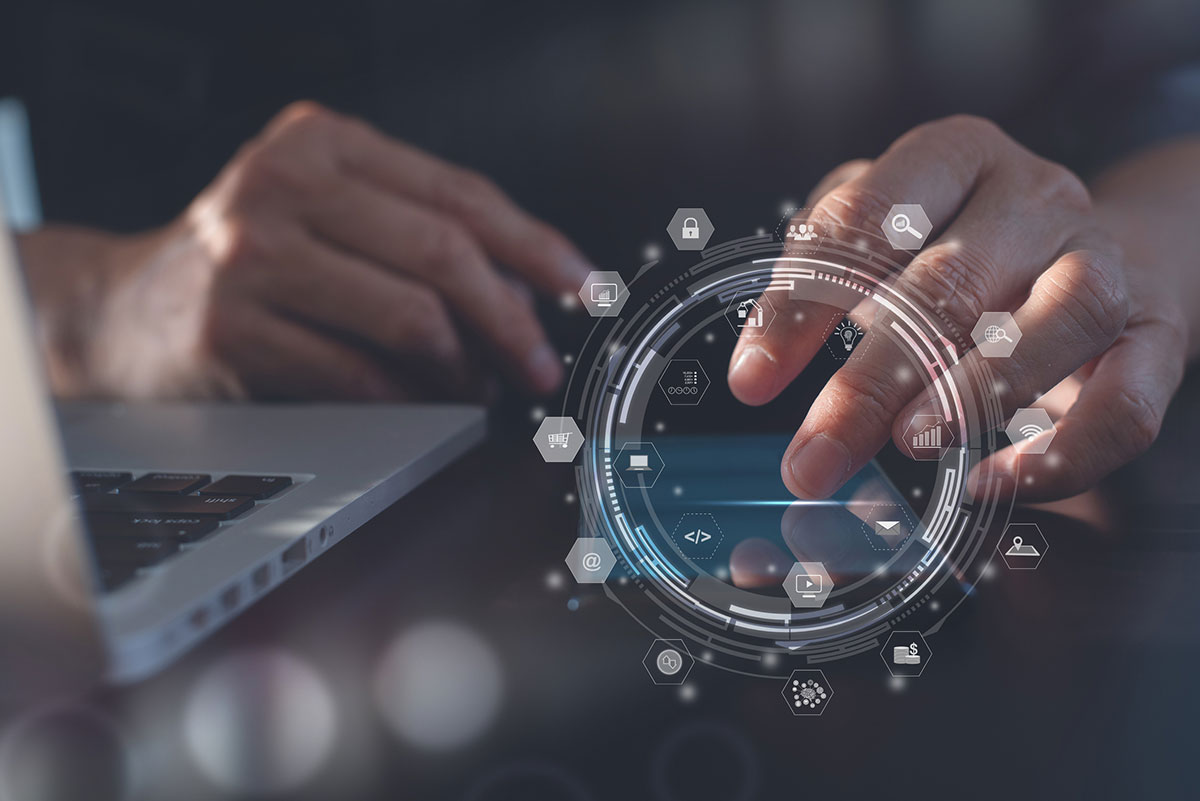As a B2B content strategist, you know that persona development is a critical first step to develop relevant content that addresses your audiences’ top pain points and needs across their buyer journey. But persona development can be a daunting, time-consuming process.
The magic happens when you dedicate the time, resources, and effort to develop personas the right way. By investing in quality persona development, your entire organization can create content that shows you understand your audience’s goals and challenges, and their informational needs at every stage in their journey.
In this blog post, we highlight three takeaways from Tendo’s latest B2B Content Experience podcast episode, “The Power of Personas” with special guest Zann Aeck, VP of Marketing and Content at DEEP ISOLATION.
Listen to the full episode here >
Best Practice #1: Start with High-Quality Research and Data
Your research goal is to develop a holistic perspective on your persona’s demographics, psychographics, and buying behavior. Research also helps you uncover priceless data that helps you understand the buyer journey. You should perform two types of research:
Quantitative research helps you identify buyer behaviors—that occur across digital touchpoint. For example, learning how buyers find your website (via a Google search or campaign), what they do on your website (downloading content, watching a video, clicking a CTA button) and when they exit your website (when they “bounce” from a page, the last page they visited, etc.). When it comes to persona development, data reigns supreme.
Qualitative research is gathered through conversational and open-ended responses captured through surveys, focus groups, and interviews. It helps you understand the day in the life of your customers and how they make purchasing decisions. You can also gather qualitative research by speaking with your internal subject matter experts, sales teams, and customer support.
Best Practice #2: Connect Data Across Your Organization
To ensure you are getting an accurate view of your buyer’s preferences and behaviors, it’s critical to work across your organization to ensure that you are capturing all the data about your customers. You must be able to track your visitors across all your company’s web properties and channels in order to determine your persona’s information needs and touchpoints across their entire lifecycle.
When you connect this data, you can unlock the capabilities of predictive analytics and AI, which ensure that you are creating the most relevant, personalized content that is available to your buyer at the exact moment when they are ready for it.
Best Practice #3: Assess How Well You Know Your Buying Committee
A B2B purchase rarely involves a single B2B decision maker. In most cases, there are multiple individuals involved at each stage of the buyer journey that influence the purchase decision. Take a holistic view by identifying all the individuals that not only are using your product, but those that are also influencing the buying process, such as internal stakeholders and external industry influencers.
Whether you enlist your internal team or an agency, they can help you build a deep understanding of how to market to your customers, and to identify others who play an important role in the process.
Listen to the Podcast
Want to learn more about how to approach persona development that will best serve your customers and help you stand out from your competitors? Check out our latest episode of the B2B Content Experience with special guest, Zann Aeck, VP of Marketing and Communications at DEEP ISOLATION.










